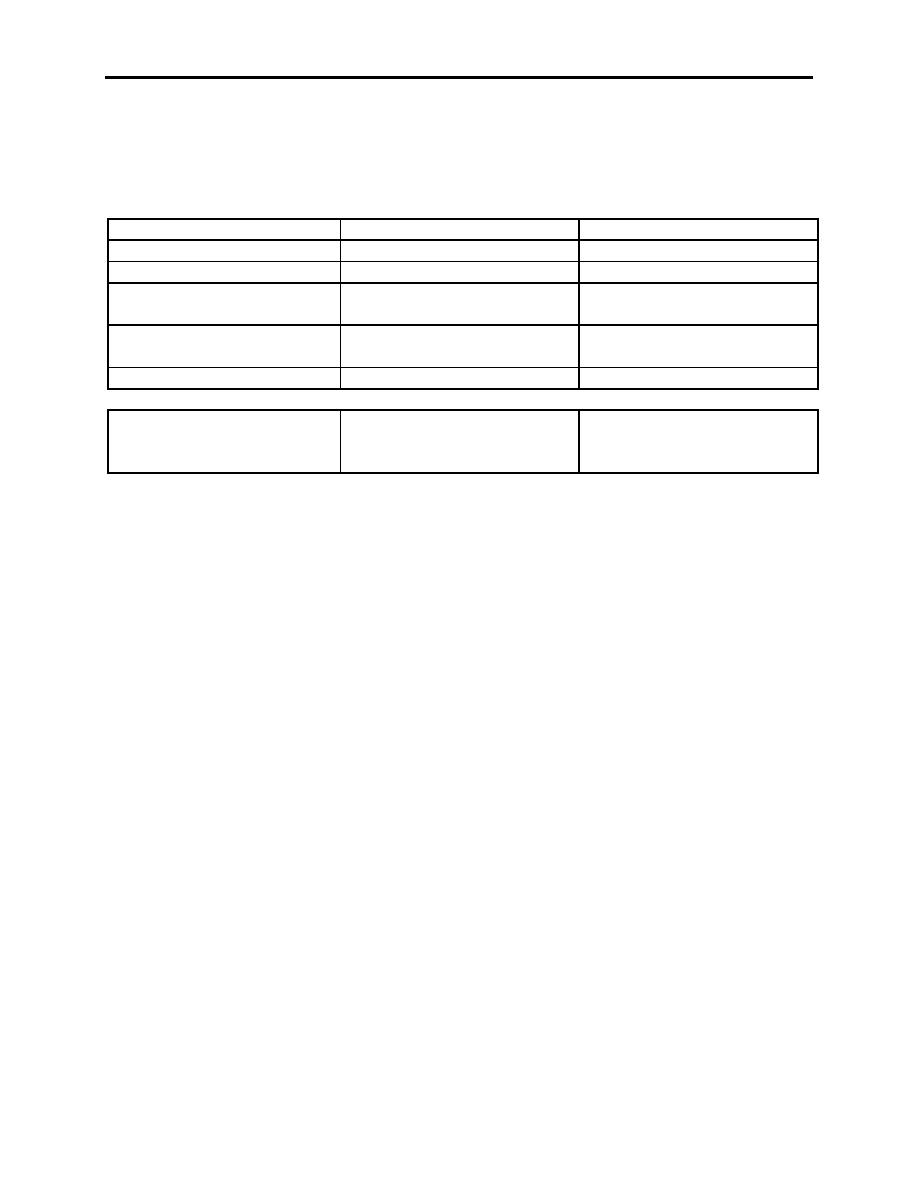 |
|||
|
|
|||
|
|
|||
| ||||||||||
|
|  CHAPTER SEVEN
T-34C CONTACT
a.
Downwind. The downwind leg is flown at pattern altitude, at wingtip distance
from the landing line at 100 KIAS using approximately 500-550 ft-lbs. of torque.
(Checklist will be performed prior to the 180.) When established on the downwind
leg, perform the Landing Checklist. (Figure 7-3).
CHALLENGE
ACTION
REPLY
1. "Harness"
Lock harness
"LOCKED"
2. "Landing Gear"
Check for 3 down and locked "DOWN AND LOCKED"
3. "Brakes"
Check parking brake off and
"PARKING BRAKE OFF,
brakes pumped firm
BRAKES PUMPED FIRM"
4. "Instruments"
Check engine instruments for "CHECKED"
proper indications
5. "Landing Lights"
Turn landing lights on
Hold flaps until the appropriate location in the landing pattern.
6. "Flaps"
Put flaps down (if desired)
"GEAR DOWN, FLAPS
and make visual confirmation DOWN/UP, LANDING
CHECKS COMPLETE"
Figure 7-3 Landing Checklist
NOTE
In perfectly calm wind conditions, the downwind heading
(reciprocal of runway heading) will maintain the proper spacing
once a WTD has been established. However, this is not true
when a crosswind exists. If there is a crosswind, the aircraft will
have to be angled (crabbed) sufficiently into the wind to prevent
drifting into or away from the runway. It is not uncommon to have
to alter the downwind heading as much as 15 to maintain proper
spacing abeam the runway.
b.
Transition. Initiate the transition early enough to arrive at the 180 in the proper
configuration in a trimmed condition. Transition by reducing power smoothly to
approximately 300 ft-lbs. torque (275 ft-lbs. NF), lower flaps (if required), and trim
left rudder and up elevator for the power reduction.
NOTE
Wind conditions must be considered when determining when to
transition. During perfectly calm wind conditions, the transition
should begin at the abeam position.
c.
The 180. This is the position on the downwind leg from which the approach turn is
commenced, and is typically the point opposite the intended rollout point. Upon
reaching the 180, commence the approach turn by simultaneously lowering the nose
to the 90 KIAS (95 KIAS for NF) approach attitude and smoothly turning toward the
7-8 LANDING PROCEDURES
|
|
Privacy Statement - Press Release - Copyright Information. - Contact Us |